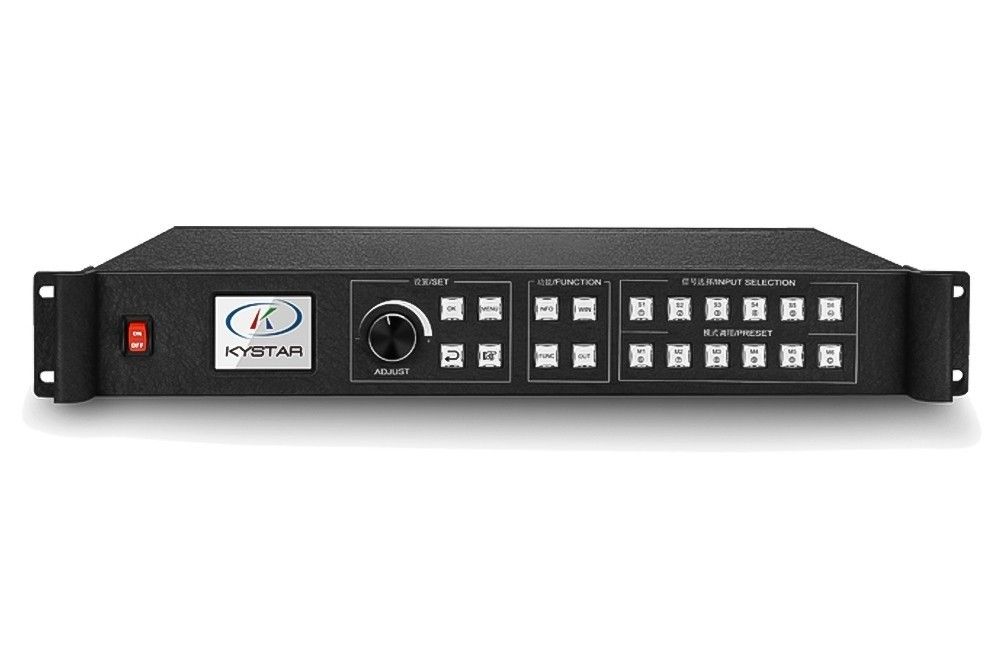LED displays generally consist of four main parts: screen body, accessory equipment, outer frame, and control system. Let’s take outdoor LED displays as an example to introduce the common components of LED displays.
1. LED screen body refers to the screen body assembled from unit boxes, which includes power supply, fan, and several internal wires according to standards, and has a fully sealed waterproof box structure. The price of the screen body is generally quoted per square meter, and the price varies depending on the specific specifications of the product, the materials used for the screen body, the items included, and of course, the price of LED display screens from different companies. According to the most common standard, outdoor LED display screens range from several thousand yuan per square meter.

2. Accessory equipment refers to other supporting devices besides LED display devices, such as control computers, amplifiers, speakers, air conditioners, video processors, lightning arresters, smoke detectors, monitors, temperature sensors, etc. The budget for accessory devices varies depending on the device chosen by the user, and these accessory devices are sold in different regions with different prices and brands.
3. Frame structure, outdoor LED display frame structure refers to the stable box body and the frame structure connected and hung. The budget for the frame structure is generally determined by the size of the screen body. In addition, the amount of steel used varies depending on the installation method, so the budget naturally varies. The installation methods of outdoor LED display screens mainly include wall mounted, column mounted, wall mounted, and pedestal mounted. Generally, column type and pedestal type use more steel, followed by wall mounted type, and wall mounted type is relatively less. The required steel per square meter is about 3000 yuan, and the specific installation method and local steel prices vary, as well as the budget.
4. The control system for LED display projects is mostly controlled through computer synchronization. It consists of a sending card and a receiving card. The sending card is installed in the control computer, and the receiving card is distributed inside the screen and connected through Ethernet or other fiber optic transmission. The quotation for control systems is generally determined based on how many control cards are needed for the screen size, and the screen area size is related to the resolution of the display screen. The control receiving card is used to control the specific number of points according to the resolution. Outdoor screens are generally calculated according to the standard of one card per box, and indoor LED displays can be calculated according to a resolution of 256 * 128 without a box.